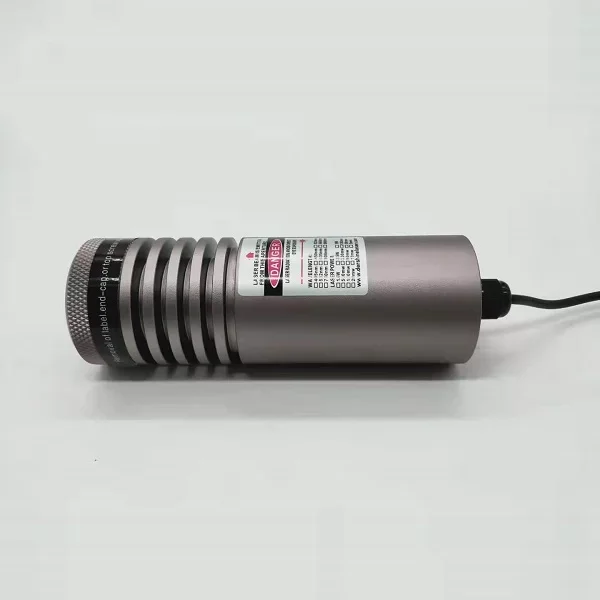Laser cutting is to focus the laser emitted from the laser into a high power density laser beam through the optical path system. The laser beam is irradiated on the surface of the workpiece, making the workpiece reach the melting point or boiling point, while the high-pressure gas coaxial with the beam blows the molten or vaporized metal away. With the movement of the relative position of the beam and the workpiece, the material is finally formed into a slit, so as to achieve the purpose of cutting.
Laser cutting machine is one of the fields with the largest application range of laser in industrial processing at present. At present, the most commonly used laser cutting machines are C02 laser cutting machines, Nd:YAG laser cutting machines and fiber laser cutting machines.
Advantages of Laser Cutting Machines
In terms of cutting quality:
(1) The laser cutting slit is narrow, which can save raw materials.
(2) The verticality of the slit is good and the surface is smooth. It can be used for part forming and welding without subsequent reprocessing and cleaning.
(3) There is no burr, no mechanical stress, small heat-affected zone, and basically no deformation.
(4) The aspect ratio of laser cutting is large, which can reach about 20:1 for metal materials and more than 100:1 for non-metallic materials.
Comparison of advantages and disadvantages of common laser cutting machines
A. Fiber Laser Cutting Machine:
Advantages: Due to the high quality of light and the high photoelectric conversion rate, fiber lasers have the characteristics of fast cutting speed and low cost of use.
Disadvantages: The cutting speed advantage of fiber lasers is not obvious when cutting thick metal sheets. This is mainly because the absorptivity of the metal to the wavelength emitted by the fiber laser reaches the maximum value when the thickness is small, and decreases as the material becomes thicker.
B. YAG Laser Cutting Machine:
Advantages: The output wavelength of the YAG solid-state laser is short, and the coupling efficiency with the metal is high, which is beneficial to be absorbed by the metal surface. Carbon steel and stainless steel, including copper, aluminum and other highly reflective non-ferrous metals, have better light absorption. Moreover, YAG lasers are small in size, small in equipment footprint, low in energy consumption, and low in investment costs, making them suitable for small and medium-sized enterprises.
Disadvantages: The conversion efficiency of YAG solid-state lasers is low. There is an internal temperature gradient in the working process of the YAG laser rod, which will cause thermal stress and thermal lens effect, which limits the further improvement of the average power and beam quality of the YAG laser. The cost per watt of output power of YAG laser is more expensive than that of C02 laser and fiber laser.
C. C02 Laser Cutting Machine
Advantages: Because the input laser wavelength of C02 laser is 10.6 microns, the wavelength is longer, and the coupling efficiency with non-metallic materials is high, so it is easy to be absorbed by non-metallic surfaces, so medium and small power CO2 lasers are mainly used in non-metallic materials processing industry, high-power C02 lasers are mainly used in the metal material processing industry.
Disadvantages: The light of the C02 laser is not easily absorbed by highly reflective non-ferrous metal materials such as copper and aluminum. In addition, the C02 laser has high power, large laser area, and high one-time cost investment.

Laser module supplier
We are a supplier of industrial laser diode modules in China, the company focuses on the planning, development and manufacturing of high-stability, high-quality laser modules. You can visit the website of Changshu Desheng Optical Electronics Co., Ltd. to contact us.